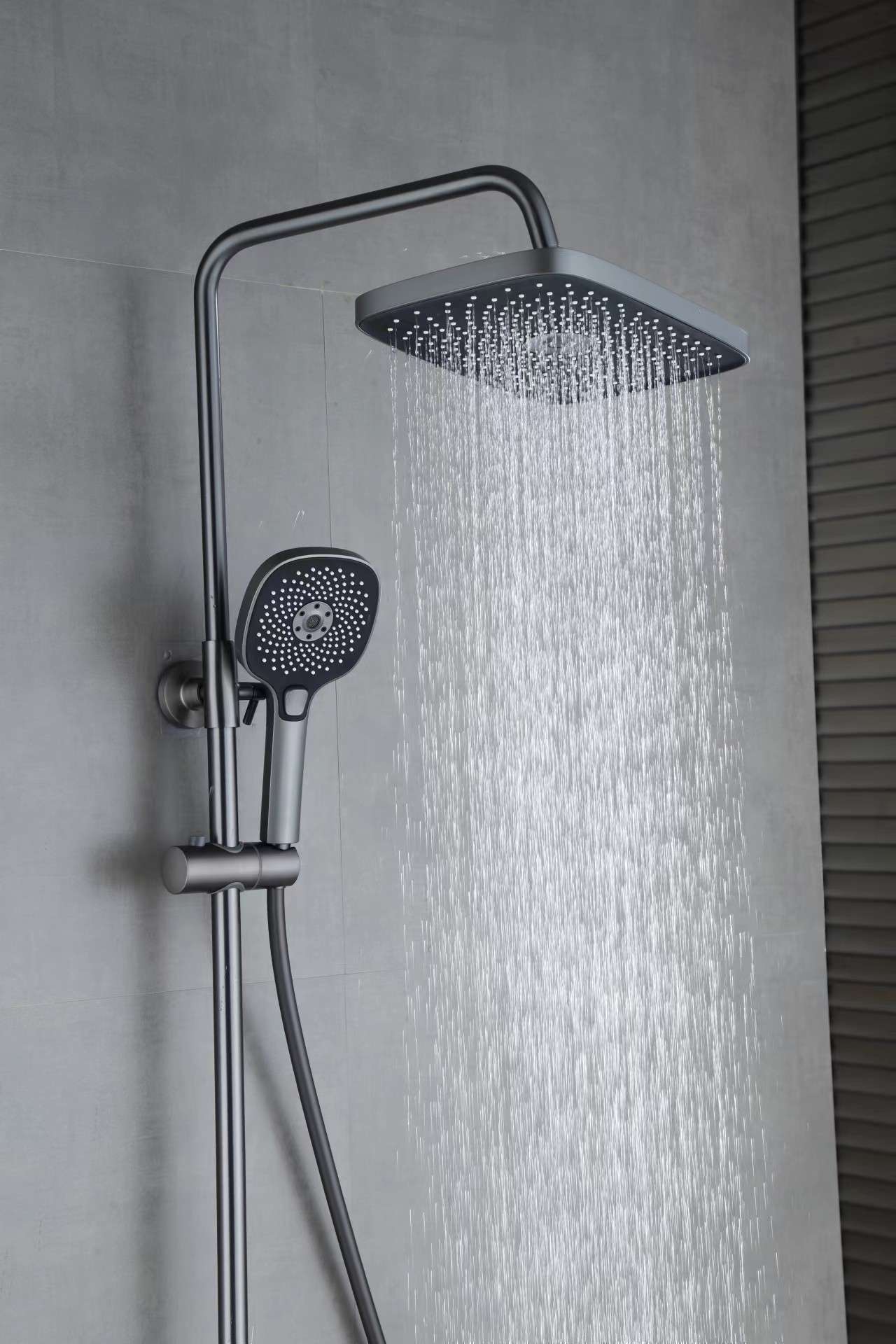How to deal with faucet leakage
Release time:
2023-06-20
We can often find that the faucet still leaks after it is turned off, and it is dripping from the outlet of the faucet or the joint. In fact, the structure of the faucet is very simple, and the problem of water leakage can be solved by replacing the gasket parts such as the axis gasket or the triangle gasket inside the faucet.
Regarding the repair of water leakage at the faucet joint, the cause of water leakage is nothing more than damage to the water stop tape of the faucet part (fixing screw). Therefore, just use pliers to remove the faucet and re-roll a new water stop tape at the place where the screw is fixed. The following are the maintenance steps:
1. First, fasten the faucet and use pliers to rotate the faucet counterclockwise to remove it.
2. Make the threaded hole outward, and roll the threaded part 5-6 times with wind-up tape.
3, see if the faucet has been adjusted to use water to fasten the pliers along the direction of the clock.
4. After the installation is completed, turn on the main switch and try to confirm whether there will be water leakage.
Even if the faucet is tied tightly, it will still leak:
1. The reason for the water outlet leakage: it is caused by the wear of the axis gasket in the faucet. Use pliers to loosen the gland and remove it, take out the axis gasket with a clamp, and replace it with a new axis gasket.
2. The reason for the leakage of the lower gap of the faucet bolt: it is caused by the wear of the triangular gasket in the gland. You can loosen the screw and remove the bolt head, then loosen the gland and remove it, then take out the triangular seal shop inside the gland and replace it with a new one.
3. Water leakage at the joint of the nozzle: generally, the cap nut is loose. At this time, you can re-fasten the cap nut or replace it with a new U-shaped gasket.
If the faucet is found to have less water, it may be a water leakage, because the water stop disk of the single faucet is stuck with sand and gravel. This phenomenon is still cleaned by a professional repairer, but if the rubber pad is damaged, it must be replaced. Generally speaking, the correct use of the faucet means that the faucet does not rotate too tightly, and the faucet rubber pad can maintain a life of 7 or 8 years.
Related News
Share
 Ruigad@Ruigad.com
Ruigad@Ruigad.com
 0592-6363076
0592-6363076








